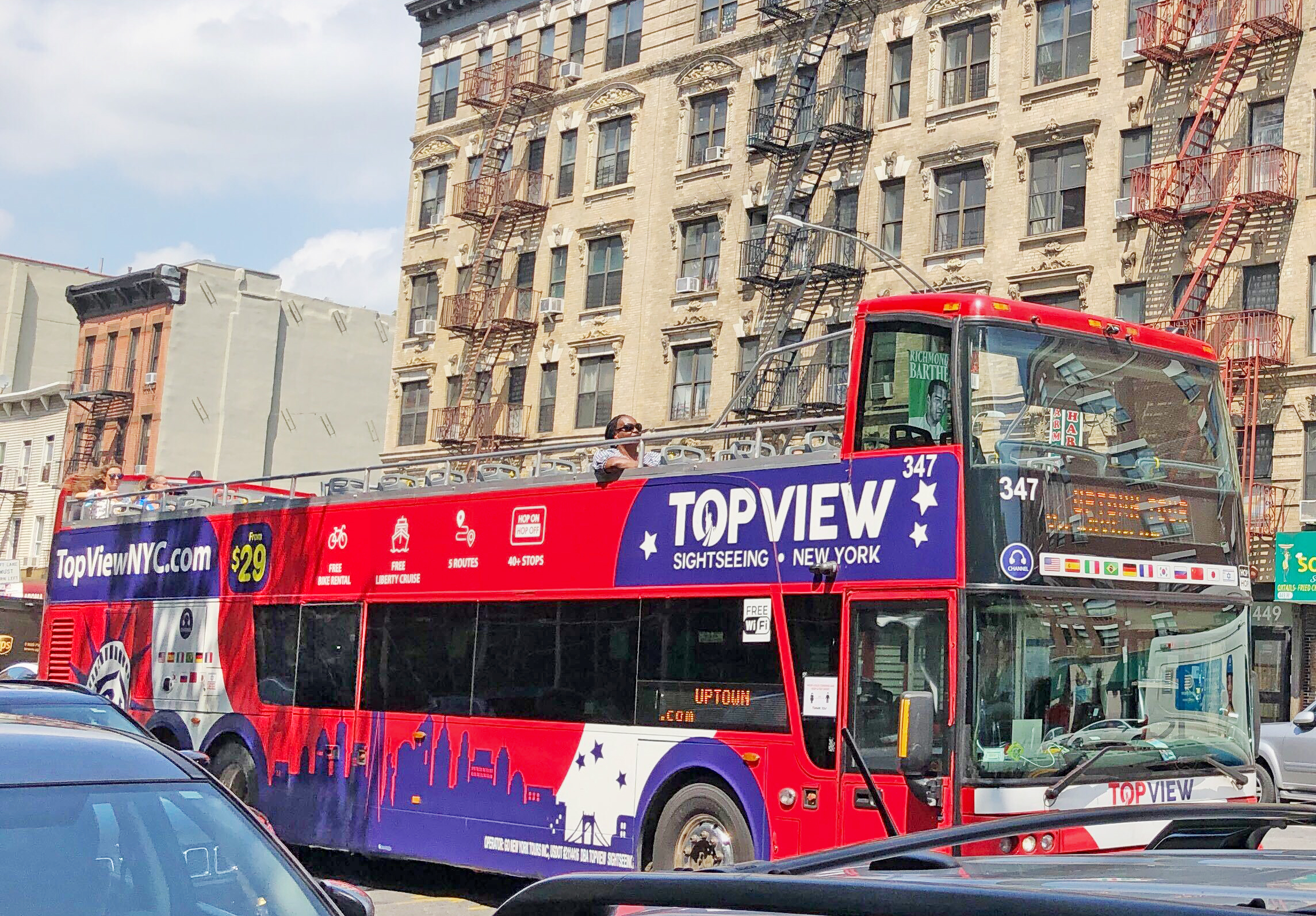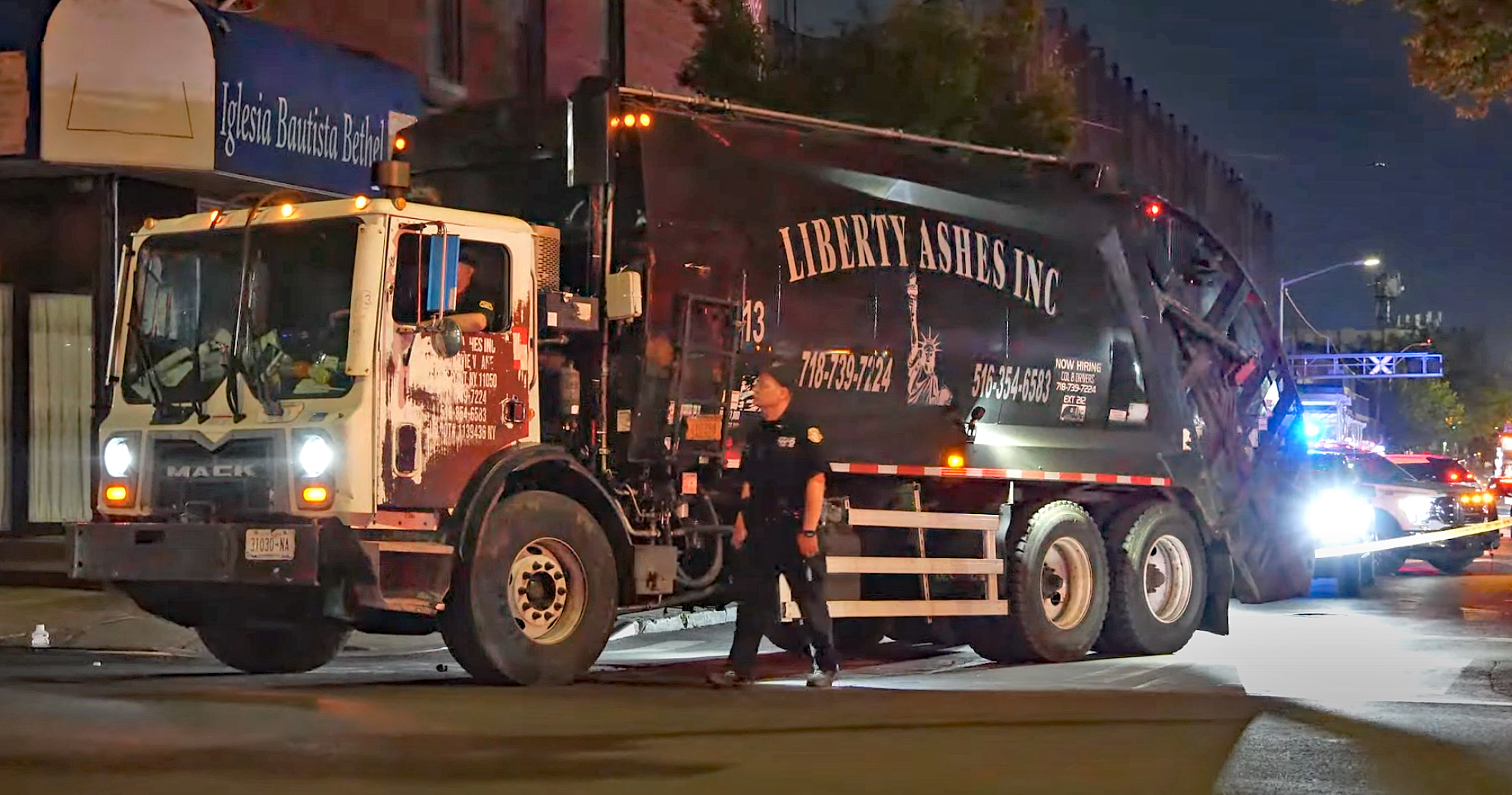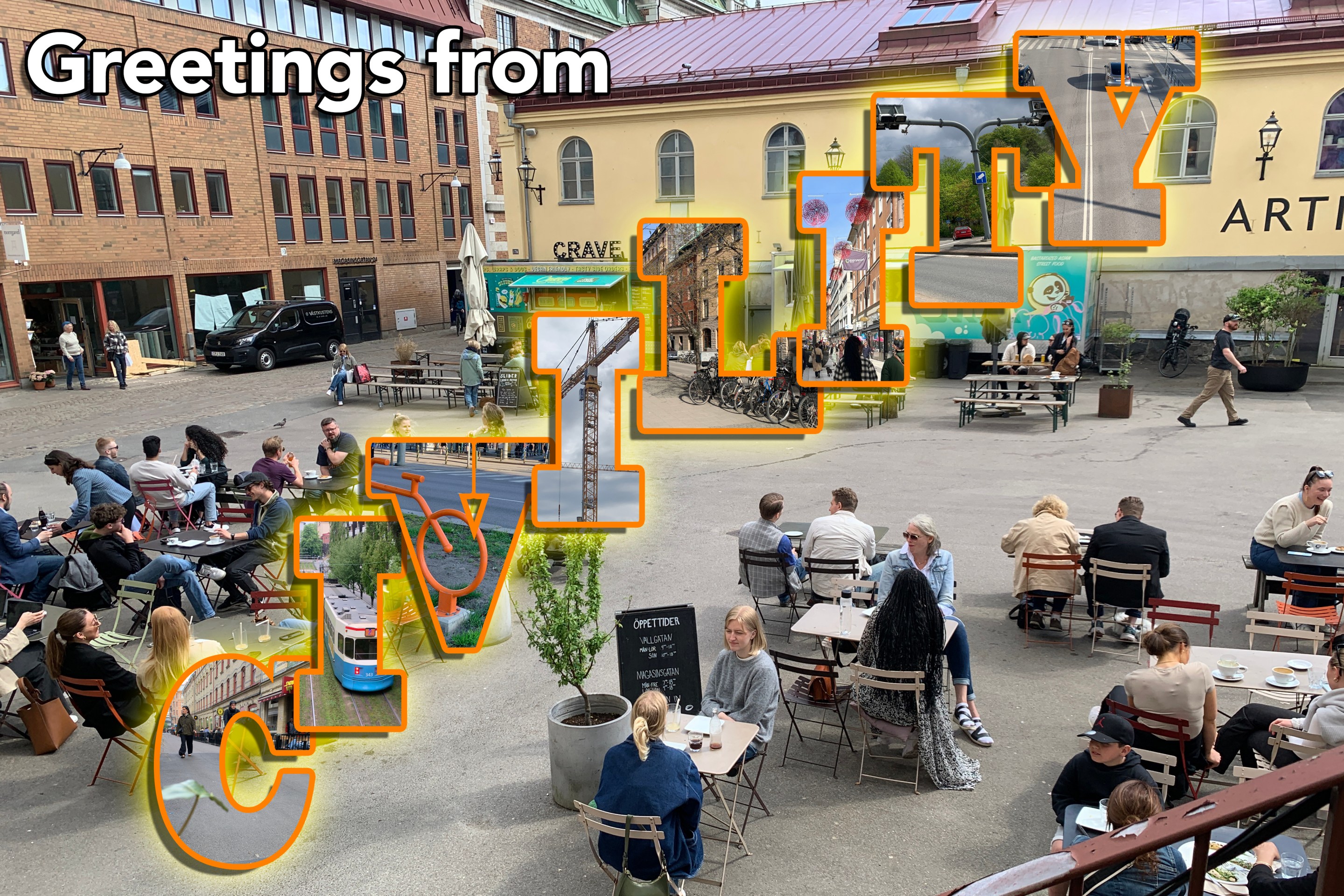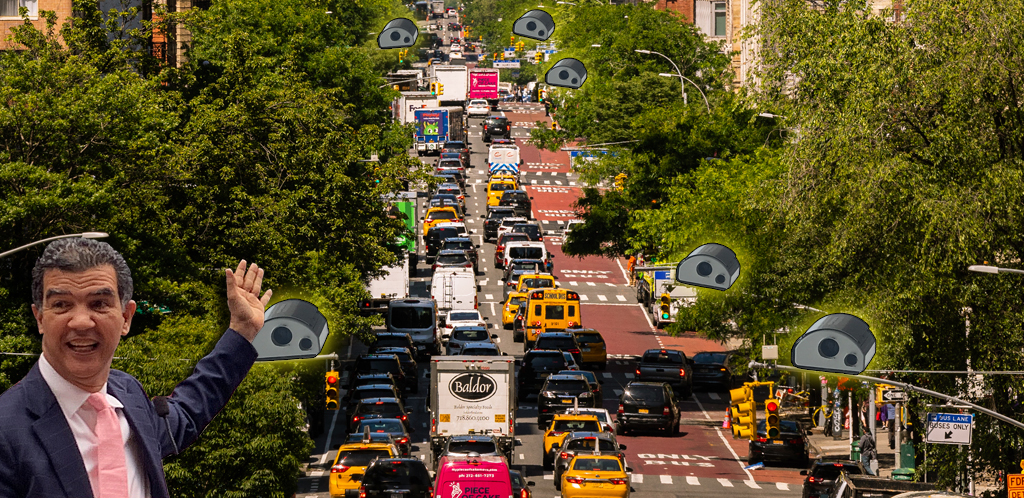The wheels on the bus go cough cough cough.
The tourists aren't back, but private tour buses that circle the town have returned, belching the same pollution as always, yet delivering no benefit to the local businesses in the areas that continue to be carbon dumping grounds.
As part of Gov. Cuomo's Phase 4 reopening plan on July 20, tour companies were indeed allowed to start offering their hop-on/hop-off experience to visitors — a business model that requires multiple buses on multiple routes to be available to pick up or drop off tourists to explore areas on their own.
But there one problem: there aren't any tourists, who at least provide a possible justification for all the fouling of local air.
"[The buses] aren't giving back to the community, that's never good," said James Brown (well, that's at least the name he gave), who works on 125th Street in Harlem and has been angered by the daily barrage of almost entirely empty double-decker buses in his neighborhood.
With few customers, the buses rarely stop.
"If they're not stopping, there's no way they're benefiting the local economy because people aren't getting off," said Barbara Askins, founder of the 125th Street Business Improvement District, who said she was merely expressing her personal opinion and not speaking for the BID.
And that lack of economic benefit comes at a high environmental cost. Diesel double-decker buses are notoriously dirty, with twice as many emissions as diesel cars, according to a British report. And the New York Times reported in 2000 that New York's double-decker tour buses polluted 25 times as much as city buses. At the time, those buses lacked catalytic converters which "reduce harmful gases in the vehicle’s exhaust system into mostly harmless products," according to a 2003 City Council report.
In 2005, the city took steps to reduce emissions, but the double-decker buses are still significant polluters. Such buses are typically powered by a 10-liter diesel engine — and diesel cars, which can have power plants as small as 1.5 liters, are known to be particularly dirty. Air pollution is not only a long-term killer, but particularly dangerous during a time when the city is still recovering from a worldwide pandemic of a respiratory disease.
Beyond pollution, the buses make our streets more dangerous. In 2017, State Sen. Brad Hoylman put out a report that excoriated the tour bus industry — and lax state oversight — for crashes and injuries. The number of buses had tripled between 2004 and 2017, he reported.
His report found that double-decker sightseeing buses enjoy an exemption in state law that gives the state "little to no enforcement power over these buses for violations of safety laws and regulations" and does not require sightseeing bus operators to "report data about crashes to the New York State Department of Motor Vehicles."
And yet there they are, on our streets every day, operated by such companies as TopView NYC and Big Bus Tours, plying routes through Lower Manhattan, Harlem, The Bronx and Brooklyn.
TopView returned to operation on Aug. 7 after the city Department of Consumer Affairs provided a routine sign-off.
Eduard Baran, a sales manager for the company, admitted that the buses are mostly empty, but said their visual presence would lead to more customers.
"It's gonna take time for customers to come — flights [into New York from overseas] are still banned, so we get mostly local customers," he said. "You can see the city is empty and there's not any tourists right now."
Baran and reps from other tour bus companies said the buses are running far less frequently than normally. For example, on the Downtown Loop, TopView NYC is running one bus per hour instead of four.
Christine Michael from Big Bus Tours said that company is also offering "modest service, with reduced buses and capacity."
But the company responds daily "by adding/removing buses to the service" on an as-needed basis.





